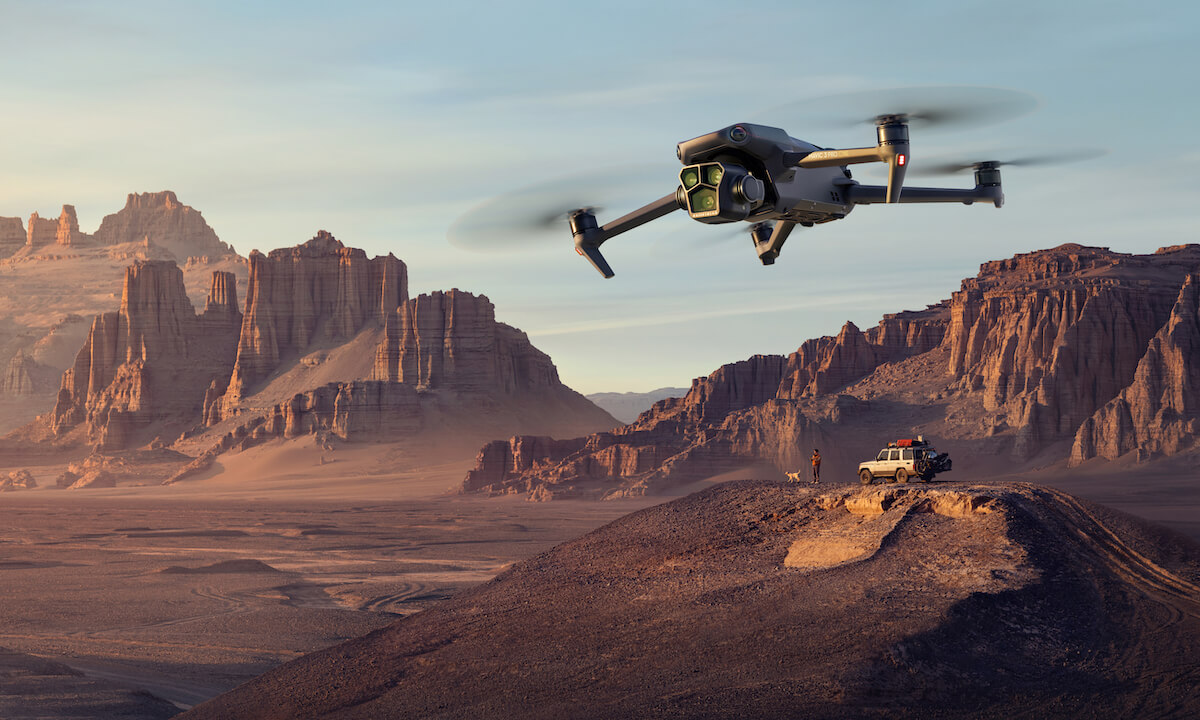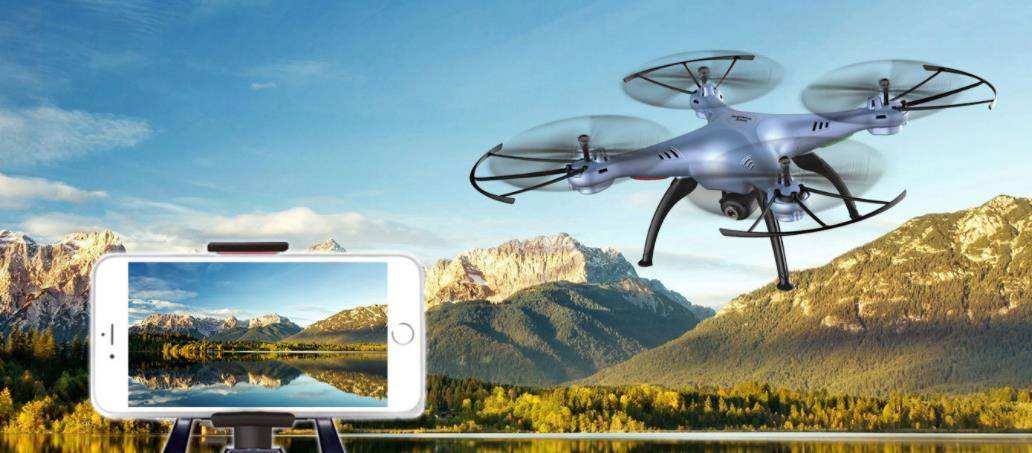Thinking of how to register your drone quickly and efficiently? You’ve come to the right place. Drones, also known as unmanned aerial vehicles (UAVs), have become increasingly popular for various applications, including photography, agriculture, and personal recreational use. However, before taking your drone to the skies, it’s important to understand the registration process, and how it fits within the regulatory framework to ensure compliance with aviation laws.
Understanding the Necessity of Drone Registration
First and foremost, why is it essential to register your drone? According to FAA regulations in the United States, all drones, except those used for recreational purposes that weigh less than 0.55 pounds, must be registered. This registration ensures accountability and safety, and helps authorities track ownership in the event of misuse or accidents. Ensuring you’ve registered your drone could save you from legal troubles and fines.
Quick Guide: How to Register Your Drone
- Visit the official FAA drone registration website. This website is the primary platform for registering your UAV legally and efficiently.
- Create an account using your email address and a secure password. This account will help you manage your drone registrations as needed.
- Provide required details about your drone, such as make, model, and serial number. Ensure this information is accurate to avoid complications.
- Pay the registration fee, which is generally nominal. Payment can be made via credit card, providing you instant access to your registration information.
- Print and affix the registration number on your drone. This number should be visibly placed to show compliance with FAA guidelines.
Additional Considerations for Drone Registration
The process may slightly differ depending on whether your drone is for recreational use or commercial applications. For recreational purposes, registration is straightforward. However, for commercial use, you may need further certifications such as Part 107, which involves additional training and passing a test. In some countries, registering might involve different processes, so always check local regulations.
Maintaining Safety with Your Drone
After registration, it’s paramount to keep safety in mind. Understanding airspace restrictions and operational limits is crucial. Avoid flying drones near airports or crowded areas where an accident could occur. Regular inspections and maintenance of your drone ensure it stays in optimal condition for safe operation.

Do not forget, respecting privacy when using drones is essential. Never capture images of private property or individuals without their permission.
Frequently Asked Questions

Do I need to register my drone if it’s only for my backyard?
Yes, if the drone weighs more than 0.55 pounds or uses public airspace, registration is required regardless of intended use.
Is my drone registration permanent?
No, registrations are often valid for a set period and need renewal. Ensure to renew before expiration to stay compliant.
What if I own multiple drones?
Each drone must be registered individually; however, you can manage all registrations under one account for ease.
Registering your drone is a straightforward, essential process to ensure legal compliance and safety. By following the steps outlined above, you can swiftly operate your drone with peace of mind.